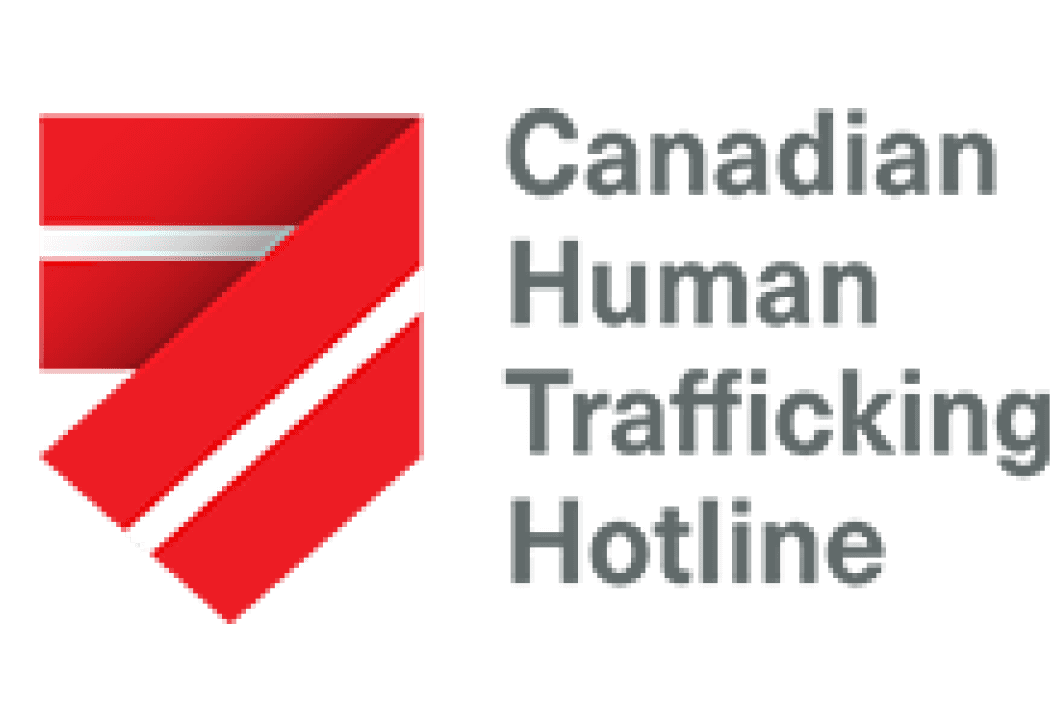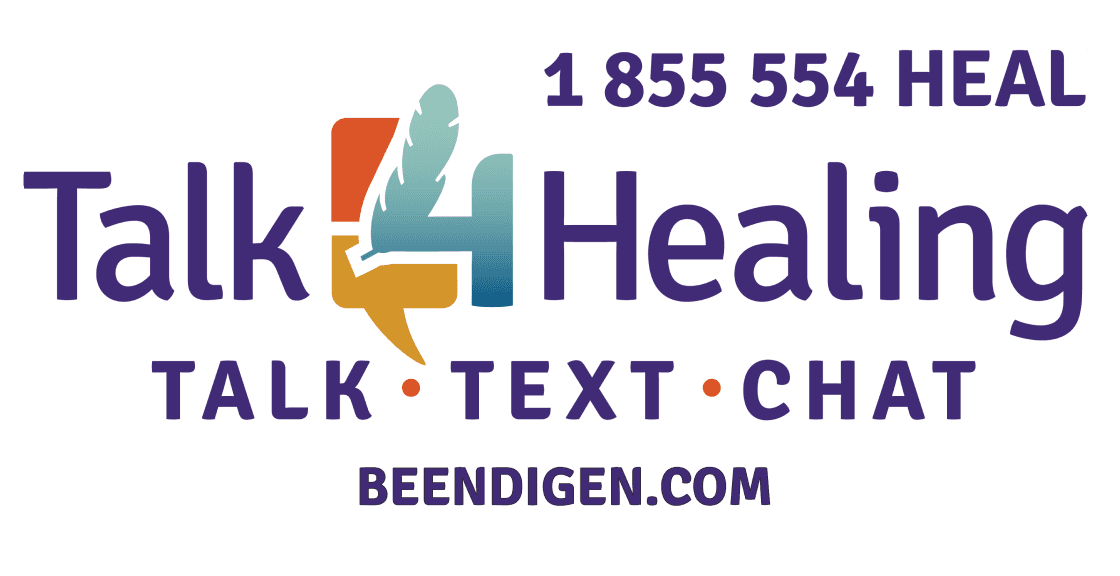01
What is
Human Trafficking?
02
Who is
most at risk?
96%
of victims are women or girls.
25%
are young girls under 18
45%
are women
aged 18 to 24
03
Red Flags &
Warnings
It's not always easy to notice human trafficking, so it’s important to know the warning signs relating to situations, behaviours, appearances and possessions that are concerning.
Benefits
A trafficked person might:
Let someone else do the talking for them
Talk as if they're following a script
Always have someone accompany them
Not have control over their own phone
Not be able to touch base with family or friends
Move around a lot
Seem nervous, too quiet, or pulled back
Be scared of upsetting their partner/boss, or of people in power
Someone who:
Suddenly starts getting gifts or money out of nowhere.
Gets into a fast-paced relationship, maybe even online.
Begins to pull away from their friends and family.
Is in a relationship where they're being controlled.
Someone is offered a job where they:
Get a contract in a language they can't read.
Have to pay for the 'chance' to work.
Get offered a job that looks unrealistically perfect.
Need to move somewhere else but aren't given a lot of information.
04
Stories of Human Trafficking
There are a number of different life situations that can make a person vulnerable to human trafficking.
Here are three stories provided by Public Safety Canada that explore the different circumstances that play a role in a person’s vulnerability to human trafficking.
Sabrina was 18 years old, but she had been with her boyfriend for five long years. He wasn't kind to her; he hurt her and even controlled who she could talk to on her phone. The control went further when he forced her to meet strangers in hotels and take money from them. All the money she earned had to be given to her boyfriend and he used threats and violence to make her do this.
Key takeaway: This story helps us see that human trafficking can happen in relationships where there is a lot of control and fear. It is important to be aware of the signs of a dangerous relationship.
At the age of 35, Daniel saw what seemed like a golden opportunity — a job in a restaurant in Canada. Full of hope, he left his home country. But when he got to Canada, the dream job turned into a nightmare. The work hours were extremely long, almost 18 hours a day, and he hardly got paid. When he tried to object, his boss threatened to have him deported. The threat of involving the police kept Daniel trapped in this terrible situation.
Key takeaway: Daniel's story shows us that human trafficking can involve being tricked with false promises of a good job that leads to terrible working conditions.
Jesse was having a lot of disagreements with her mom, so she decided to stay with her friends for a while. During this time, she became friends with a young couple who seemed really nice at first. Jesse trusted them enough to move in with them. But things quickly changed — they gave her drugs and alcohol, and once they had control over her, they forced her to move from city to city, providing sexual services to strangers. They threatened her with violence, making her feel that she had no choice but to do what they said.
Key takeaway: Jesse’s story warns us that traffickers can sometimes appear friendly and welcoming at first, using manipulative tactics to gain control over young people and force them into trafficking.
05
Strategies used by Human Traffickers
Human traffickers use different control tactics to make people do things they don’t want to do. The most common include physical and emotional abuse and threats, isolation from friends and family, and economic abuse.
These tactics can be broken down into 4 main stages of control: 1) Luring; 2) Grooming & Gaming; 3) Coercion & Manipulation; and 4) Exploitation.
Stage 1
Luring
In this first step, traffickers act like they are the person's friend or someone who cares about them. They try to find out what the person is missing in their life - it could be love, money, or a good job. They pretend to fill these gaps, winning the person's trust.
Grooming & Gaming
Next, the trafficker starts to play mind games. They might give gifts or show false love to earn trust. They make big promises but slowly start asking for things in return. It could be doing a small favour first, but then the demands keep growing.
Some traffickers are very direct and forceful. They might use threats and lies to control people. They can lock them up, move them around a lot, or give them drugs to keep them confused. They might hurt them physically or emotionally, keep their money, take away their IDs, or threaten to send them out of the country. This is how they trap people and force them to do what they want.
Coercion & Manipulation
In this stage, traffickers use tricks and threats to control the person. They might lie, saying that the good times will return if the person does what they ask. They make the person feel guilty, convincing them that they owe something to the trafficker.
Exploitation
Finally, the trafficker takes full control of the person's life. They might force them into dangerous situations, like working in unknown places or doing things they don’t want to, like sexual acts or working long hours with little pay.
Once a trafficker establishes control, the aim is to keep victims stuck in a trafficking situation. This can involve physical threats to them or their loved ones, threats of deportation, control through aiding drug addiction, or even withholding pay, making it extremely difficult for victims to seek help.
06
Protecting Yourself & Others
Be Careful with What You Share Online
It's really important to think before you share anything online. Photos, messages, or other personal details can be seen and used by anyone once they are online, including people who might want to harm you. To stay safe, avoid sharing your phone number, home address, or current location on the internet. Remember, there are people who use this kind of information to trick, blackmail, or take advantage of others.
Be Skeptical of Too-Good-To-Be-True Offers
If you come across job ads or offers that seem too perfect, take a step back and think about it – talk to a trusted loved one or friend about it. Traffickers don't give clear information about the job details or the company. They might promise great things but remember, if something looks too good to be true, it probably is. Always research and verify before trusting such offers.
Be Wary of Unknown Friend Requests
It's a good practice to accept friend or follow requests only from people you know well. Sometimes, traffickers try to contact potential victims through social media, pretending to be friendly and gradually gaining their trust. So, even if you have mutual friends, if you don't know them personally, it's safer not to accept their requests.
Learn the Signs of Trafficking
It's a good practice to accept friend or follow requests only from people you know well. Sometimes, traffickers try to contact potential victims Educating yourself about the signs of trafficking can be a lifesaver. Being able to recognize the warning signs can help you understand when you or someone you know is in danger. You're taking a great first step by informing yourself through our digital toolkit. Next, you can go one step further by sharing what you’ve learned with friends and loved ones, and exploring the additional resources we've provided to deepen your knowledge and combat trafficking. social media, pretending to be friendly and gradually gaining their trust. So, even if you have mutual friends, if you don't know them personally, it's safer not to accept their requests.
07
Get Help
If you or someone you know is facing a risky situation or showing signs of trafficking, don't hesitate to reach out for help — the resources below are here to support you.
Assess the situation
Never confront the victim or trafficker directly. You could put yourself and others at risk, including the victim. If someone is in immediate danger, call 911 and report the incident right away. If no one is in immediate danger, but you’ve seen or heard some suspicious signs, follow the next steps.
Record the details and write down:
A quick summary of the situation
The date, time, and location of the suspicious event
A description of those involved: hair colour, approximate height, weight and age, tattoos, clothing etc.
Any names or nicknames overheard
The description and license plate of any vehicles
Get Help
Call the Canadian Human Trafficking Hotline at 1-833-900-1010 or any of the help lines below.
These help lines are:
Confidential
Open 24/7, 365 days a year
Available in many languages through translation services
Accessible to the deaf, hard-of-hearing, and non-verbal
Help Lines
Canadian Human Trafficking Hotline
Canada's national hotline is here for everyone - to report tips, get info on sex trafficking, or find local support and emergency services countrywide.
Call the confidential 24/7 hotline at 1-833-900-1010 or visit www.canadianhumantraffickinghotline.ca
You can also reach the hotline by online chat, submit a tip online or by email at hotline@ccteht.ca.
Sexual Assault Centres, Crisis Lines, And Support Services
Kids Help Phone
Call the confidential 24/7 counseling service: 1-800-668-6868 or visit their website for more information https://kidshelpphone.ca/.
Talk4Healing
24/7 confidential helpline for Indigenous women available in 14 languages across Ontario: 1-855-554-HEAL (1-855-554-4325).
Additional Resources
White Ribbon Digital Learning Resources
Learn more about trafficking and prevention by visiting their website https://www.wrprevent.ca/what-is-sexual-exploitation-and-human-trafficking
Speak Out: Stop Sex Trafficking
Speak Out is an Indigenous-focused awareness campaign providing resources for Indigenous youth, caregivers, service provider organizations and communities.
Visit their website to find answers to questions you may have about trafficking, how it happens and why Indigenous women and youth are more at risk of being targeted https://endindigenoustrafficking.com/
Public Safety Canada
Learn more about the warning signs and what to do to report an incident https://www.canada.ca/en/public-safety-canada/campaigns/human-trafficking/sts.html




















